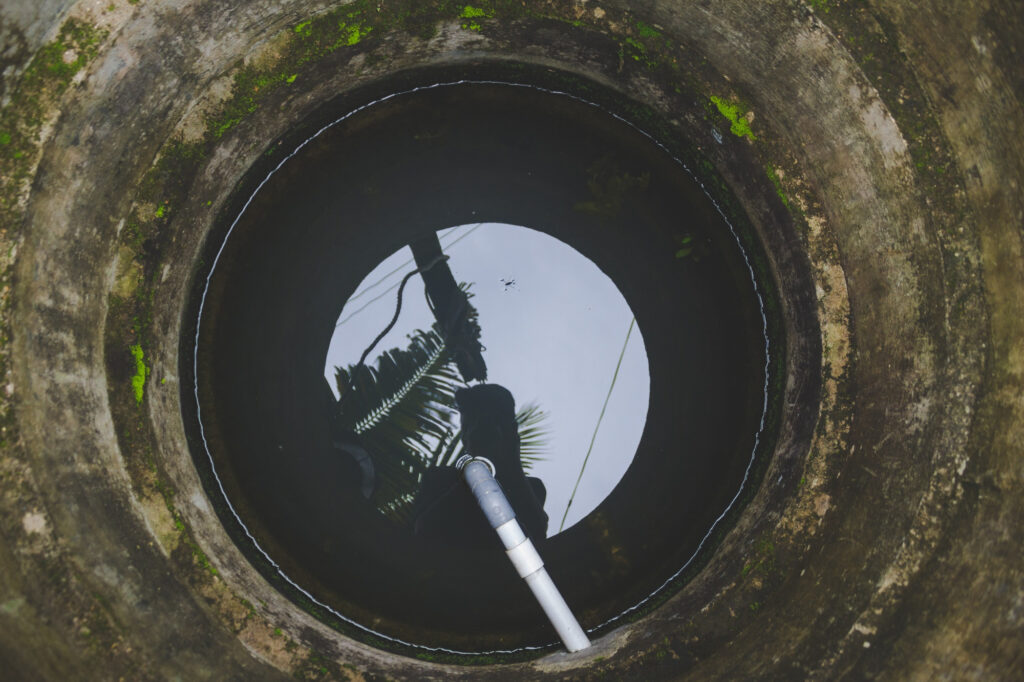Aerated Wastewater Treatment or AWTS is a popular method for treating wastewater. It involves using oxygen to break down organic matter and pollutants in wastewater, making it safe for discharge into the environment. The process is commonly used in municipal wastewater treatment plants, as well as in industries and other commercial settings.
The basic principle of Aerated Wastewater Treatment is the introduction of oxygen into the wastewater to create an oxygen-rich environment. This is typically done through the use of mechanical aeration devices such as diffusers or blowers, which introduce air or pure oxygen into the wastewater.
The introduction of oxygen promotes the growth of aerobic microorganisms, which break down the organic matter and pollutants in the wastewater. These microorganisms consume the organic matter, converting it into carbon dioxide and water. They also consume nutrients such as nitrogen and phosphorus, which are commonly found in wastewater.
The microorganisms are typically housed in a large tank, known as an aeration tank. The wastewater is introduced into the tank, and air or oxygen is bubbled through the tank to provide the necessary oxygen for the microorganisms to thrive.
As the microorganisms consume the organic matter and nutrients in the wastewater, they reproduce and grow in number. Eventually, the microorganisms become so numerous that they begin to form a dense, sticky substance known as activated sludge. This activated sludge settles to the bottom of the tank, where it is separated from the treated wastewater.
The separated activated sludge can then be recycled back into the aeration tank to continue the treatment process, or it can be sent to a separate treatment process to be further processed and dewatered.
After the activated sludge has been removed, the treated wastewater is typically sent to a secondary clarifier, where any remaining solids can settle out of the water. The clarified water is then disinfected with chemicals such as chlorine or ultraviolet light and is ready for discharge into the environment.
Aerated Wastewater Treatment is a highly effective method for treating wastewater. It can remove a wide range of pollutants and organic matter and can be easily scaled to handle large volumes of wastewater. It is also a relatively low-cost method compared to other treatment methods, making it a popular choice for many wastewater treatment applications.
Want to learn more about Aerated Wastewater Treatment and Septic Systems follow our blog to learn more or contact us.

